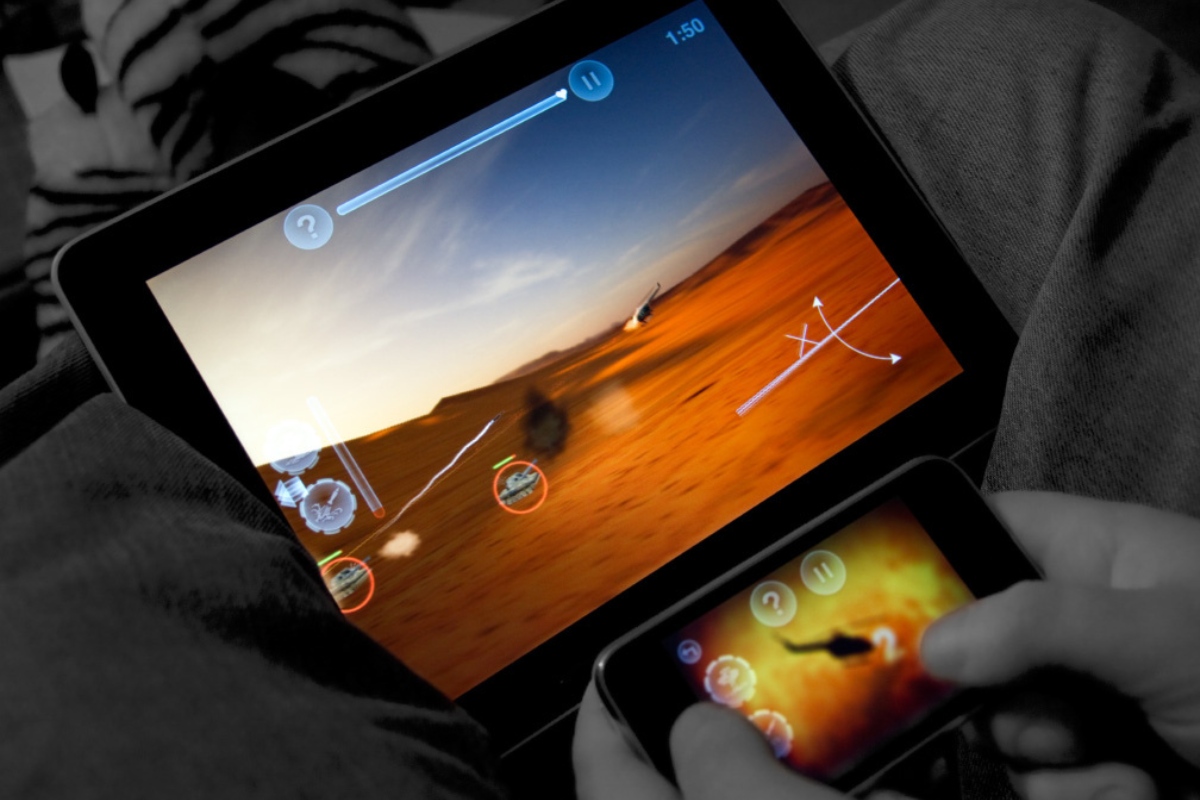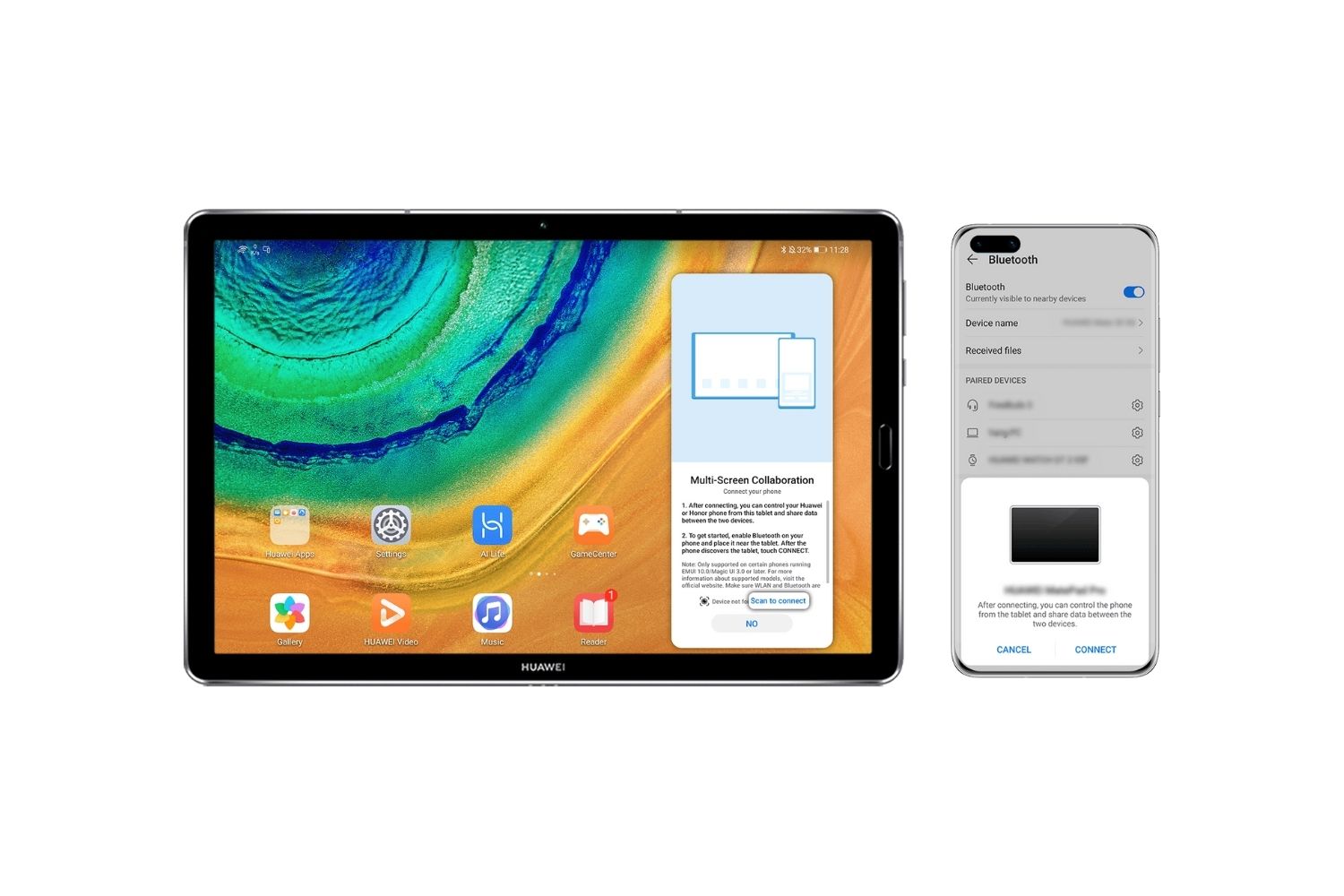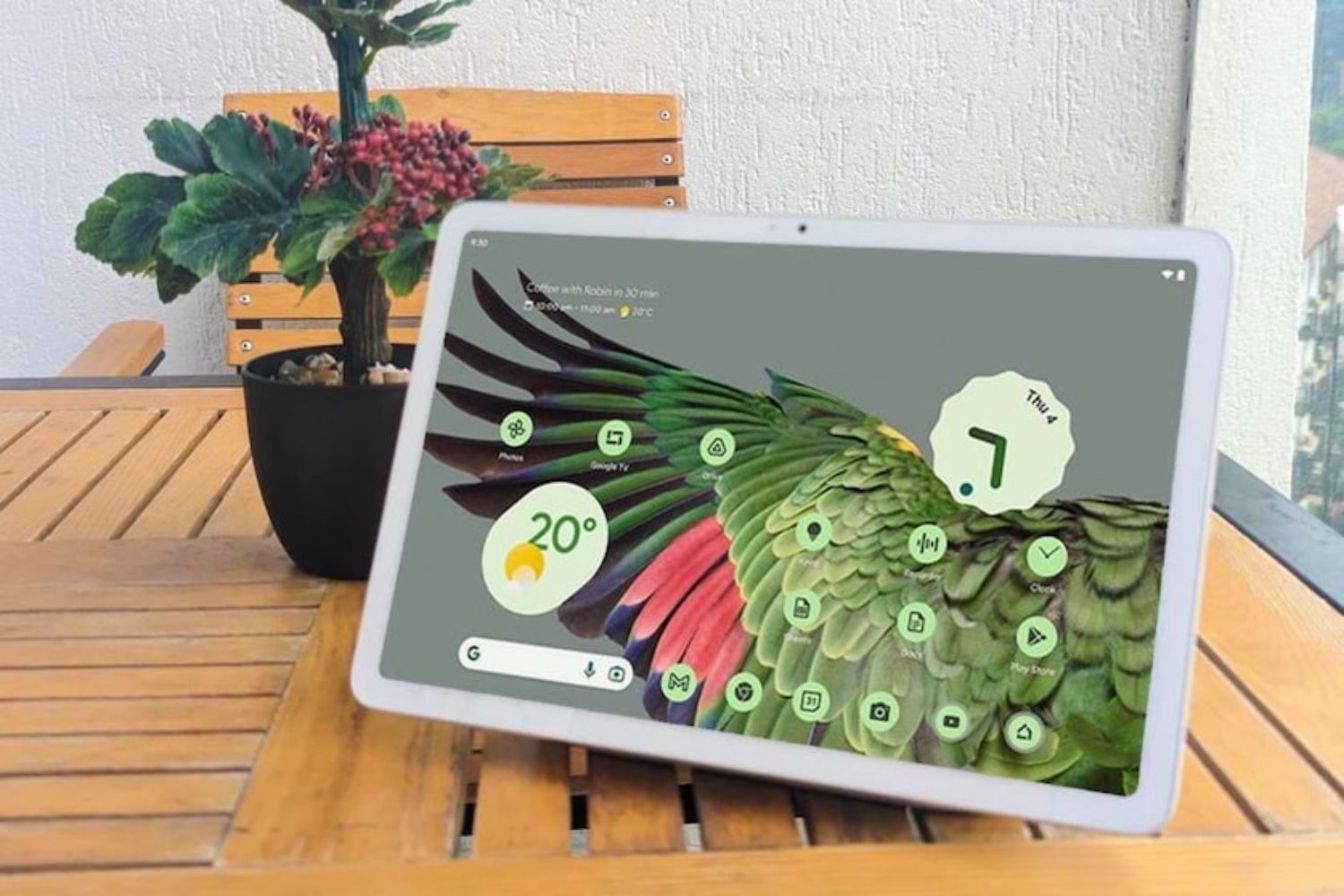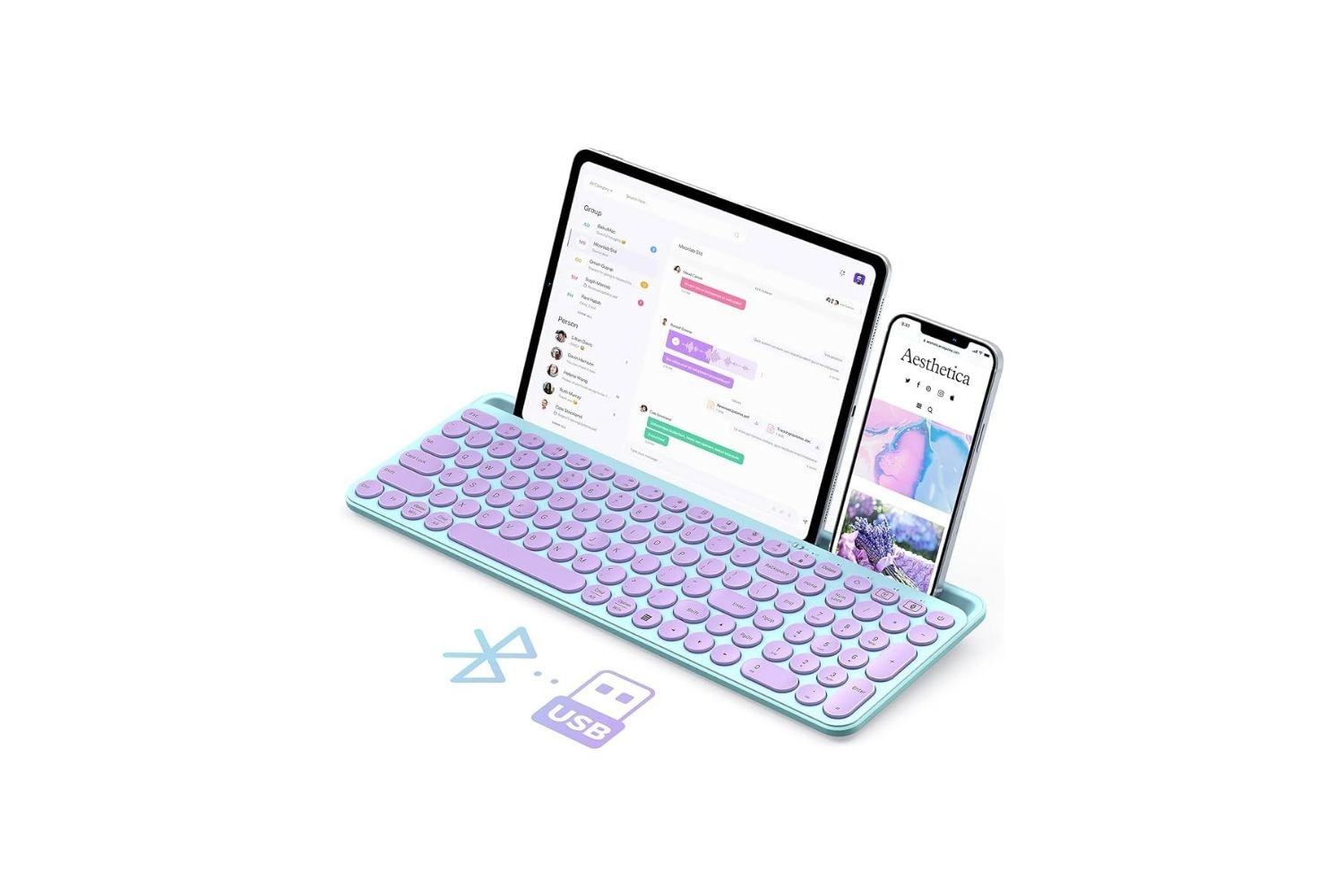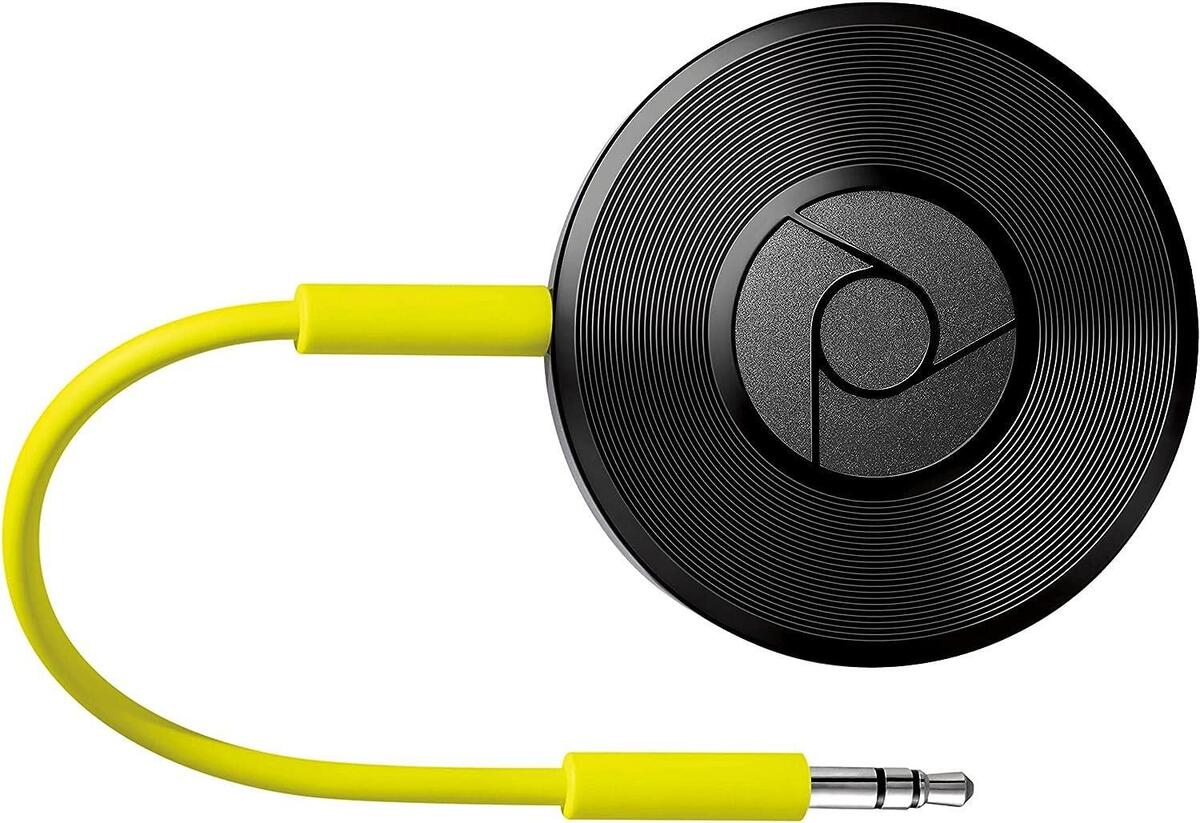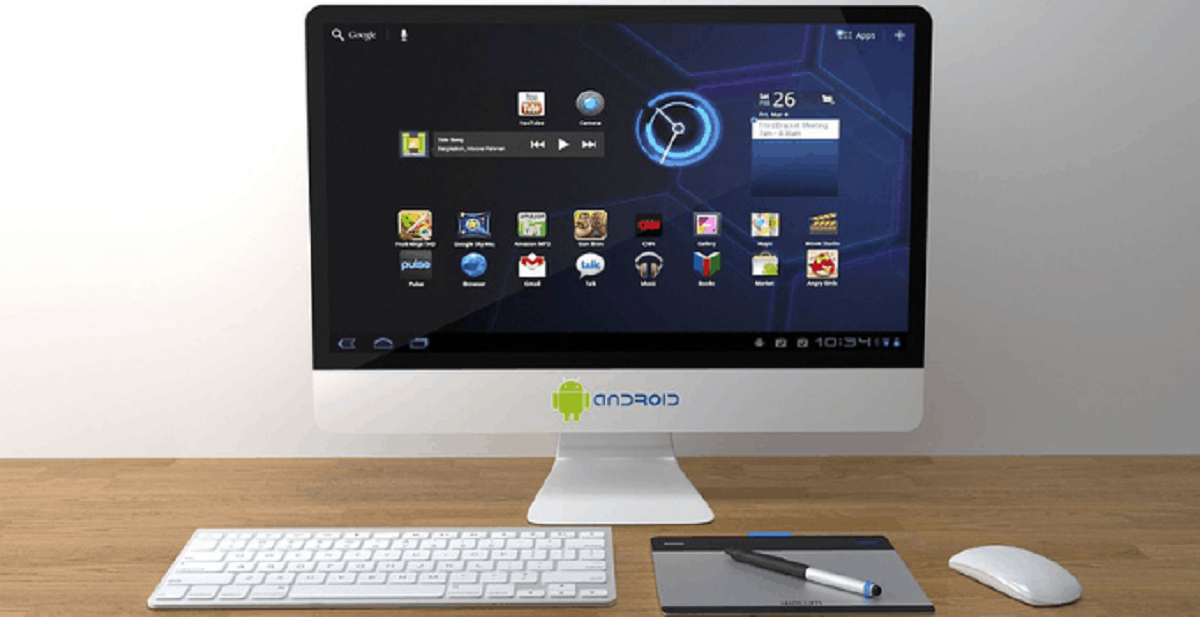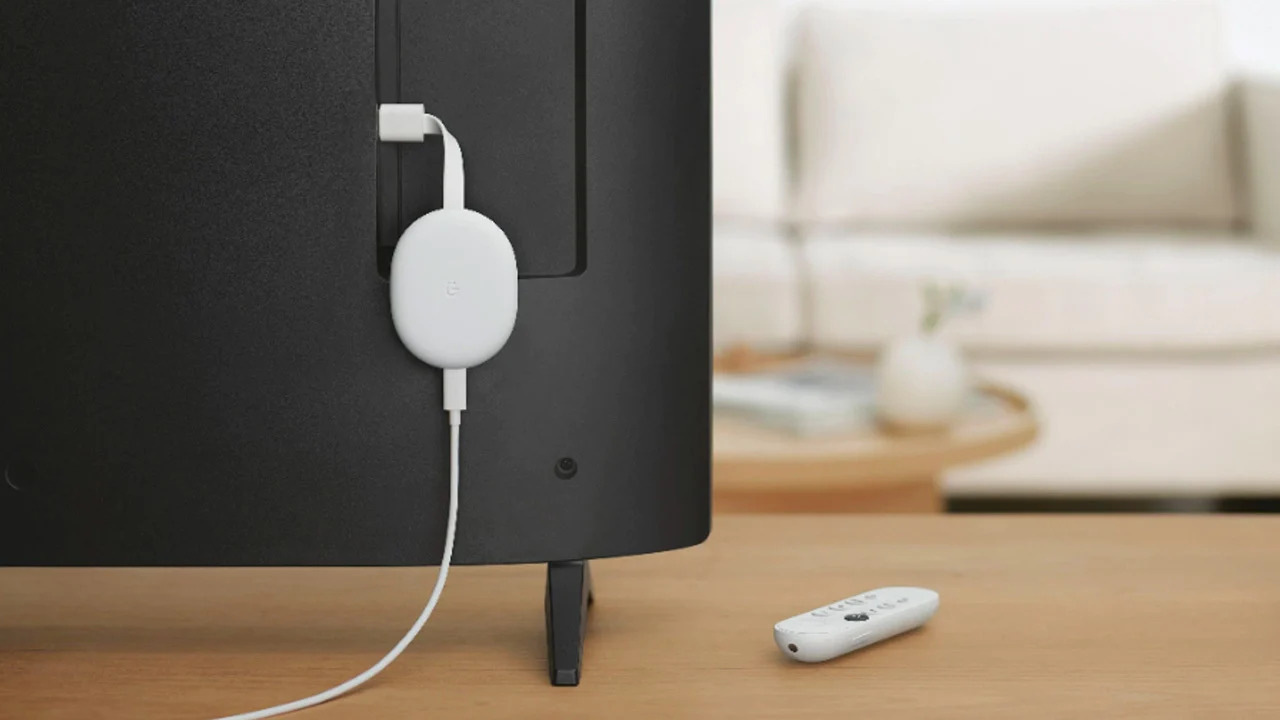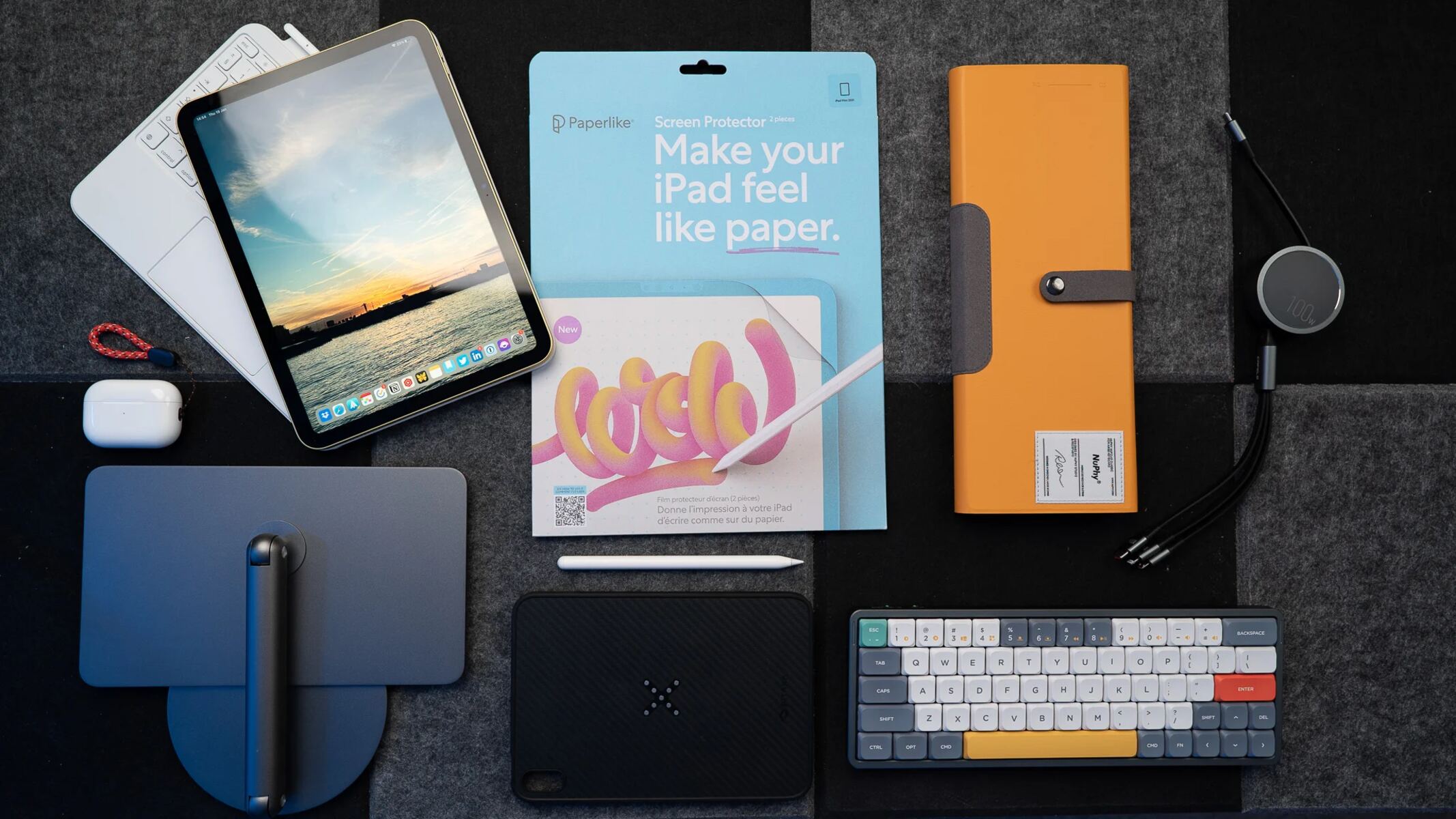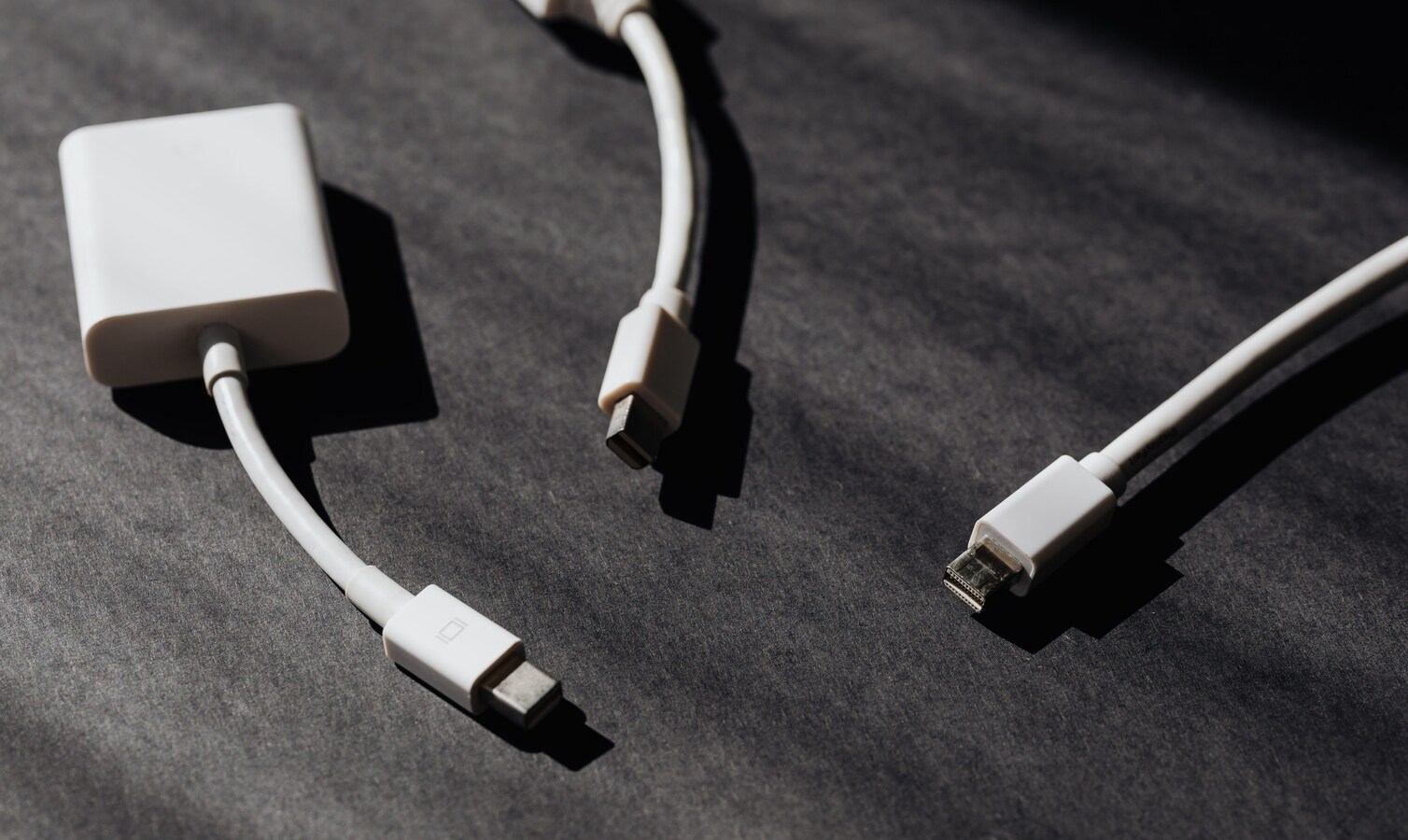Introduction
Welcome to the world of remote control technology, where the boundaries between devices are becoming increasingly blurred. Have you ever wished that you could effortlessly control your tablet from the comfort of your phone? Well, you’re in luck! With the advent of innovative applications and advancements in technology, it is now possible to control your tablet from your phone with just a few simple steps.
Imagine being able to seamlessly navigate through your tablet’s interface, launch apps, play media, and even access files, all without having to physically interact with your tablet. This not only provides convenience and ease of use, but it also opens up a whole new world of possibilities for multitasking and productivity. So, whether you want to control your tablet from across the room or simply enjoy the convenience of remote control, this article will guide you through the process of setting up and using your phone to control your tablet.
In this comprehensive guide, we will walk you through the step-by-step instructions for setting up your tablet and phone for remote control. Additionally, we will discuss the pairing process, essential functions and commands, troubleshooting tips, and more. By the end of this article, you will have the knowledge and tools necessary to effortlessly control your tablet using your phone.
Before we get started, it’s important to note that the process outlined in this article may vary slightly depending on the make and model of your tablet and phone, as well as the operating system they run on. However, the general principles and steps should remain consistent across most devices and platforms. With that said, let’s dive into the exciting world of controlling your tablet from your phone!
Setting Up Your Tablet for Remote Control
Before you can start controlling your tablet from your phone, you’ll need to set up your tablet to enable remote control functionality. Although the specific steps may vary based on the brand and model of your tablet, the general process remains the same. Here’s a guide to help you get started:
- Update your tablet’s software: Begin by ensuring that your tablet is running the latest software version. This step is crucial as it will ensure compatibility with the remote control applications and features.
- Enable remote control settings: Check your tablet’s settings menu for any options related to remote control or screen sharing. Enable these settings to allow your tablet to be controlled remotely.
- Install a remote control app: To establish the connection between your tablet and phone, you will need to install a remote control app on your tablet. There are several popular options available, such as TeamViewer, AnyDesk, and Chrome Remote Desktop. Choose the one that best suits your needs and install it from the respective app store.
- Configure the remote control app: Open the remote control app on your tablet and follow the on-screen instructions to configure it. This typically involves creating an account, granting necessary permissions, and setting up a unique password or security code to access your tablet remotely.
- Test the connection: Once the remote control app is set up, use another device such as a laptop or PC to establish a connection with your tablet. This will allow you to verify that the app is working properly before moving on to the next step.
By following these steps, you can ensure that your tablet is ready to be controlled remotely from your phone. Now let’s move on to setting up your phone for remote control.
Setting Up Your Phone for Remote Control
Now that you have prepared your tablet for remote control, it’s time to set up your phone to establish a connection with the tablet. By following these steps, you’ll be able to seamlessly control your tablet using your phone:
- Check for built-in remote control features: Some smartphones have built-in remote control functionality, allowing you to control other devices like your tablet. Go to your phone’s settings and see if there’s an option for remote control or infrared (IR) blaster. If your phone supports it, you may be able to skip the next steps and proceed with configuring the built-in feature.
- Install a remote control app: If your phone doesn’t have built-in remote control capabilities, you will need to install a remote control app from the app store. Popular options include Unified Remote, AnyMote, and Peel Smart Remote. Download and install the app that best suits your needs.
- Grant necessary permissions: Open the remote control app on your phone and grant any necessary permissions, such as access to the device’s infrared blaster or network connectivity. This will allow the app to establish a connection with your tablet.
- Configure the remote control app: Follow the on-screen instructions within the app to configure it. This typically involves selecting the type of device you want to control (in this case, your tablet), entering the required details like IP address or device name, and setting up a connection password or security code.
- Test the connection: Once the app is configured, use it to establish a connection with your tablet. Make sure that both devices are connected to the same Wi-Fi network or follow the app’s instructions for establishing a direct connection. Test the connection by navigating through your tablet’s interface using your phone.
By completing these steps, you’ll have successfully set up your phone for remote control. Now it’s time to pair your tablet and phone to establish a connection between the two devices.
Pairing Your Tablet and Phone
Now that you have set up both your tablet and phone for remote control, it’s time to pair the two devices together. The pairing process allows your phone to establish a secure and direct connection with your tablet. Follow these steps to complete the pairing:
- Open the remote control app on both your tablet and phone.
- On your tablet, navigate to the settings or options menu within the remote control app.
- Select the option to pair or connect a new device.
- A unique pairing code or ID will be generated on your tablet.
- On your phone, navigate to the settings or pairing menu within the remote control app.
- Enter the pairing code or ID that was generated on your tablet.
- Confirm the pairing on both devices.
- Once confirmed, the tablet and phone should be successfully paired.
After completing the pairing process, the remote control app on your phone will establish a connection with your tablet. This connection allows you to remotely control your tablet’s functions and navigate its interface from your phone.
It’s important to note that the pairing process may vary slightly depending on the remote control app you’re using. Some apps may require additional steps or settings for pairing. Always refer to the instructions provided by the app to ensure a successful pairing process.
Now that your tablet and phone are paired, let’s move on to the exciting part – controlling your tablet from your phone.
Controlling Your Tablet from Your Phone
Now that your tablet and phone are paired, you can take advantage of the remote control capabilities to control your tablet effortlessly from your phone. Here’s how you can navigate, launch apps, and perform various actions on your tablet:
- Launch the remote control app on your phone and ensure that it is connected to your tablet.
- Use the touchpad or virtual buttons within the app to navigate through your tablet’s interface. You can swipe, tap, or scroll just as you would on the tablet itself.
- To launch an app, simply select the app icon or use the search function within the remote control app to find and open it on your tablet.
- If you need to type on your tablet, use the virtual keyboard provided within the remote control app. Type out the text on your phone, and it will be entered on your tablet.
- Access media files on your tablet, such as music or videos, and play them directly from your phone. Control the playback, adjust the volume, and enjoy media content without touching your tablet.
- Take screenshots of your tablet’s screen using the remote control app. This is particularly useful for capturing a moment or saving important information.
- Perform other actions such as opening settings, adjusting display brightness, or controlling the camera on your tablet through the remote control app.
Remember, the specific features and functions available within the remote control app will vary depending on the app you’re using. Some apps may offer advanced features like file transfer, clipboard sharing, or even remote drawing on the tablet’s screen. Explore the app and its settings to familiarize yourself with all the available functionality.
With these controls at your fingertips, you can easily multitask, control your tablet from a distance, or simply enjoy the convenience of using your phone as a remote control. Say goodbye to constantly reaching for your tablet and enjoy the freedom and flexibility that remote control provides.
In the next section, we will provide you with essential functions and commands that will further enhance your tablet control experience using your phone.
Essential Functions and Commands
When controlling your tablet from your phone, there are several essential functions and commands that can enhance your remote control experience. These commands allow you to perform specific actions and navigate your tablet more efficiently. Here are some of the essential functions and commands to familiarize yourself with:
- Home Button: The home button command takes you to the home screen of your tablet, allowing you to easily access your apps and widgets with a single tap.
- Back Button: The back button command acts as the “back” or “undo” function on your tablet, taking you to the previous screen or closing a menu or app.
- App Switching: Switch between recently opened apps on your tablet using the app switching command. This allows you to quickly jump from one app to another without having to navigate through the tablet’s interface.
- Volume Control: Adjust the volume of your tablet using the volume control commands on your phone. Increase or decrease the volume to your desired level without having to physically interact with the tablet.
- Screen Rotation: Lock or unlock the screen rotation on your tablet using the screen rotation command. This allows you to switch between landscape and portrait mode seamlessly when viewing content.
- Zoom In/Out: Zoom in or out on your tablet’s screen using the zoom command on your phone. This is particularly useful for reading small text or viewing detailed images.
- Screen Brightness: Adjust the brightness of your tablet’s screen using the brightness control commands. Decrease or increase the brightness to suit your preferences or the environment you’re in.
- Power Button: Turn your tablet on or off using the power button command on your phone. This is especially useful if your tablet is out of reach or if you want to conserve battery power.
These are just a few examples of the essential functions and commands you can use to control your tablet from your phone. Depending on the remote control app you’re using, there may be additional commands or customizations available. Take the time to explore the app and experiment with different functions to discover the full range of capabilities.
Now that you have a good understanding of the essential functions and commands, you’re ready to start controlling your tablet with ease and efficiency from your phone. Should you encounter any issues or difficulties along the way, refer to the troubleshooting tips in the next section.
Troubleshooting Tips
While controlling your tablet from your phone can be a convenient and powerful tool, it’s possible to encounter some issues along the way. Here are some common troubleshooting tips to help you overcome any challenges you may face:
- Check the network connection: Ensure that both your tablet and phone are connected to the same Wi-Fi network. A stable and strong network connection is crucial for establishing a reliable remote control connection.
- Restart the devices: If you’re experiencing connectivity issues or lag, try restarting both your tablet and phone. This simple step can often resolve minor software glitches and re-establish a stable connection.
- Update the remote control app: Check for any available updates for the remote control app on both your tablet and phone. Keeping the app up-to-date ensures that you have access to the latest features and bug fixes.
- Review app permissions: If the remote control app is not working correctly, double-check the app’s permissions. Make sure it has the necessary permissions to access your tablet’s features and functions.
- Adjust display settings: If you’re experiencing issues with the resolution, size, or scaling of your tablet’s display, explore the display settings within the remote control app. Adjusting these settings can help optimize the visual experience on your phone.
- Ensure app compatibility: Not all remote control apps are compatible with every tablet and phone model. Verify that the app you’re using is compatible with your specific devices to avoid any compatibility issues.
- Restart the remote control connection: If the connection between your tablet and phone becomes unstable or unresponsive, try restarting the remote control app or re-pairing the devices to establish a fresh connection.
- Check device compatibility: Some tablets may not support remote control functionality due to hardware limitations or software restrictions. Before investing time into setting up remote control, ensure that your tablet is compatible with remote control apps.
By following these troubleshooting tips, you’ll be able to overcome common issues and ensure a smooth remote control experience. However, if you encounter persistent difficulties or unique challenges, consider consulting the support documentation provided by the app developer or reaching out to their customer support for assistance.
Now that you’re armed with troubleshooting knowledge, you’re well-prepared to tackle any obstacles that may come your way while controlling your tablet from your phone. In the concluding section, we’ll wrap up the article and summarize the key takeaways.
Conclusion
Controlling your tablet from your phone opens up a world of convenience and flexibility, allowing you to seamlessly navigate your tablet’s interface, launch apps, and perform various actions without physically interacting with the device. By following the steps outlined in this guide, you can easily set up your tablet and phone for remote control and pair them together for a smooth and efficient connection.
We started by setting up your tablet, ensuring that the software is up-to-date and enabling remote control settings. Then, we moved on to setting up your phone, installing a remote control app and configuring it to connect with your tablet. The pairing process allowed the two devices to establish a secure connection, enabling you to control your tablet from your phone.
We explored essential functions and commands that enhance your remote control experience, allowing you to effortlessly navigate, launch apps, adjust settings, and control media playback on your tablet. In addition, we provided troubleshooting tips to help you overcome any challenges you may encounter along the way.
Remember, while the specific steps and apps may vary based on your tablet and phone models, the general principles outlined in this guide should help you get started on your remote control journey. Keep exploring the capabilities of your remote control app and enjoy the convenience and flexibility it brings to your tablet usage.
So, take control of your tablet from your phone and experience the power and freedom of remote control technology. Enjoy the convenience of managing your tablet from a distance, multitasking effortlessly, and maximizing your productivity. Embrace the seamless integration between your devices and unlock a whole new level of control and convenience in your digital life.







